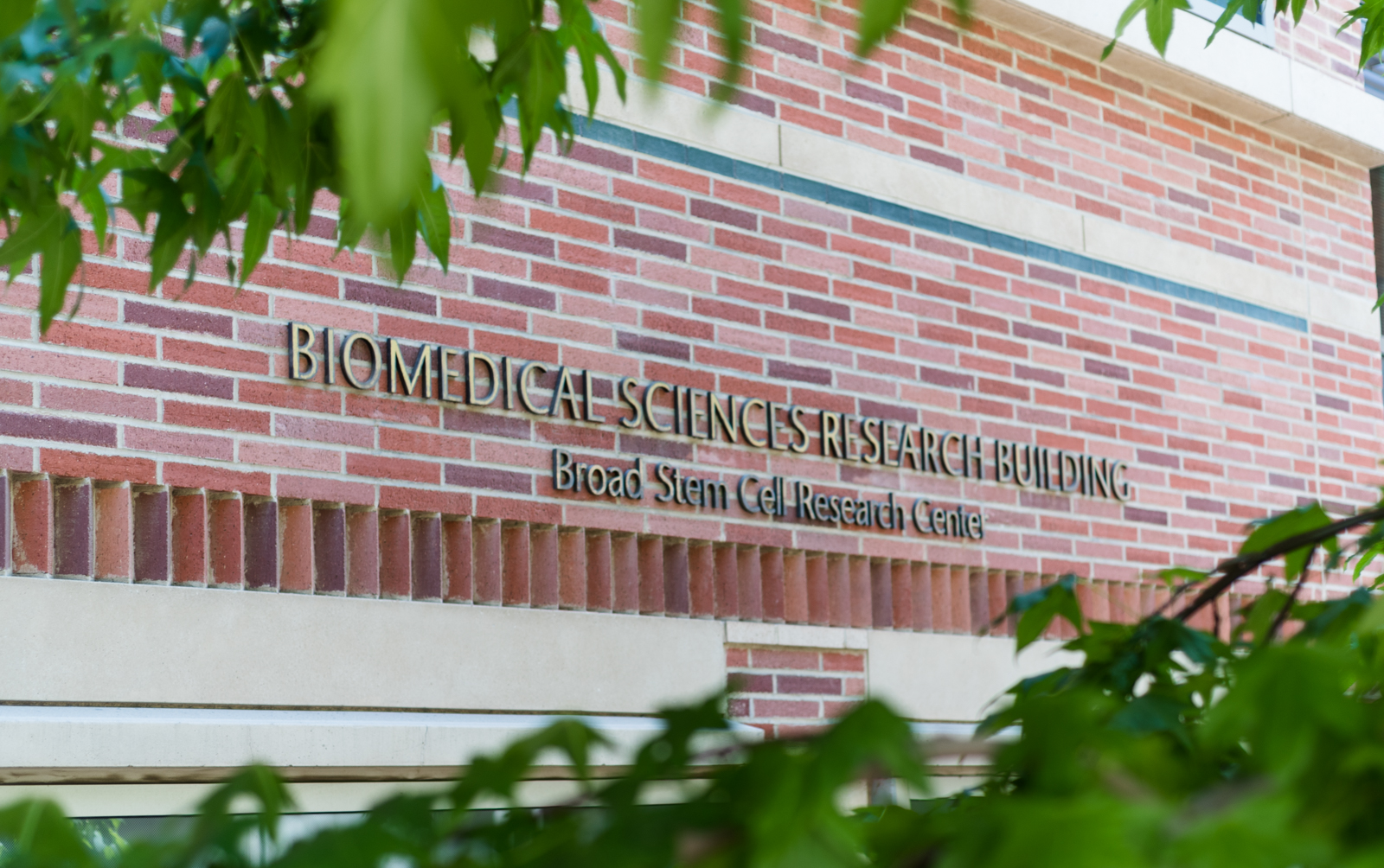UCLA researchers gain insight into how body repairs blood vessel linings

Researchers at UCLA identified a gene that is necessary for blood vessel lining regeneration. (Amy Dixon/Photo editor)
By Maddie Ostergaard
Aug. 6, 2018 12:49 a.m.
Researchers at the Eli & Edythe Broad Center of Regenerative Medicine & Stem Cell Research at UCLA have identified the genes responsible for repairing damaged blood vessel linings, according to a UCLA press release.
The study was led by Luisa Iruela-Arispe, a professor of molecular, cell and developmental biology and a member of the research center.
Published Thursday, the study was conducted by modeling blood vessel damage in mice. Forty-eight to 72 hours after the induced damage, researchers observed that progenitor cells, which are precursors to endothelial cells, directly surrounding the damage began dividing rapidly to repopulate that area around the injury with new lining.
Researchers then compared thousands of cells from damaged and undamaged vessels and identified genes that turned on during regeneration. The most significant of these genes is Atf3, which is required in order to regenerate the lining.
Scientists have known that blood vessel lining, called the endothelial lining, suffers from normal wear and tear and easily repairs itself by regenerating. The discovery of the genes that spur this regeneration could contribute to new ways of repairing damaged blood vessels. For example, the findings could help repair damage from placing stents, metal or plastic mesh tubes that widen blocked or narrowed blood vessels, in patients.
The endothelial lining has anti-clotting properties that prevent blood from clotting as it moves throughout the body. As damaged lining contributes to blood clotting, understanding how the body repairs the lining can further treatment of diseases such as atherosclerosis and hypertension, which have symptoms of blood clotting.


